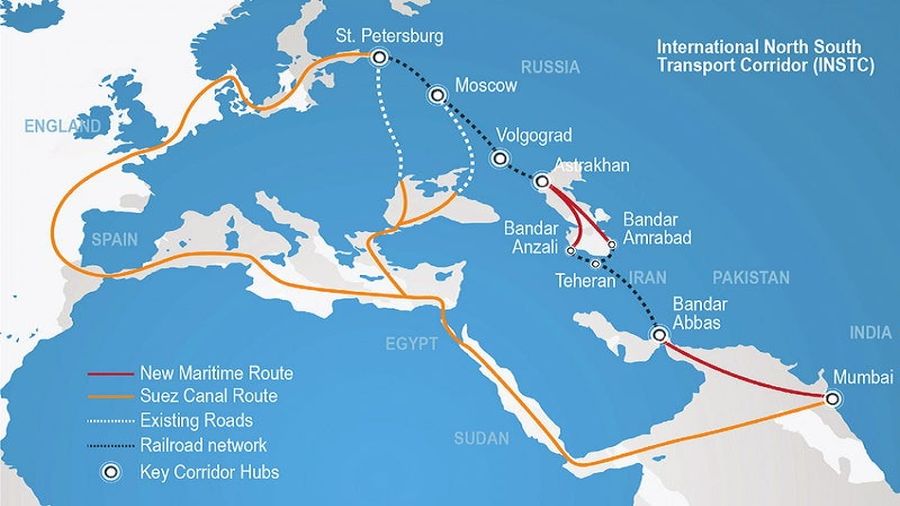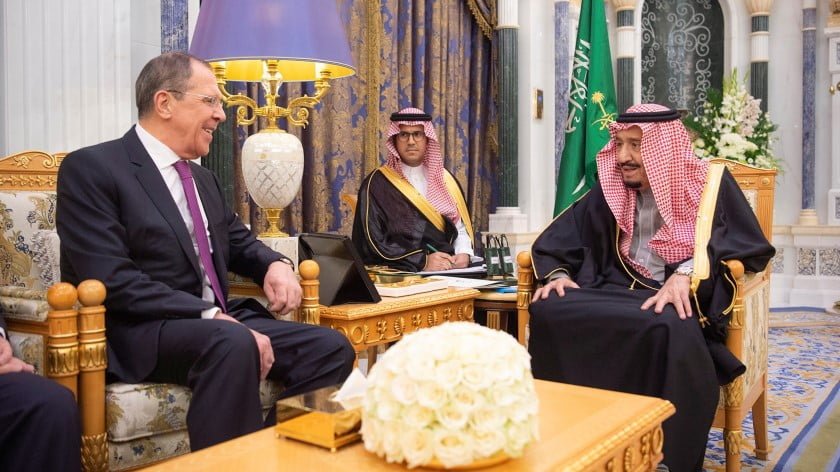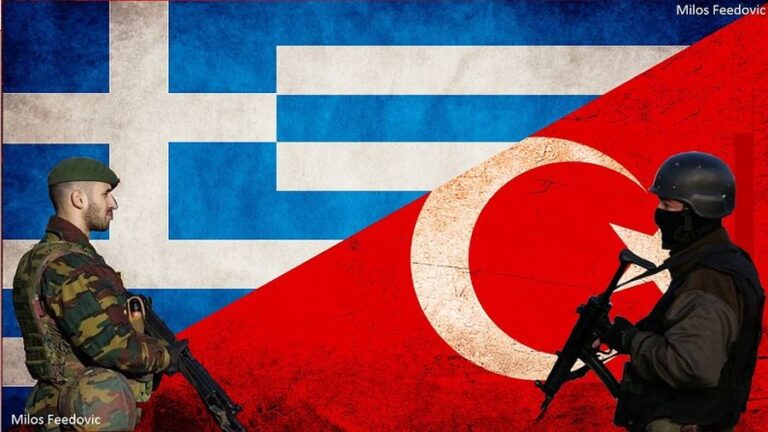Putin Reaffirmed That the North-South Transport Corridor Is Among Russia’s Top Priorities
This multipolar megaproject was given a second wind following years of lackluster progress after emerging as Russia’s only remaining outlet to the international economy as a result of this year’s dramatic developments, which in turn accelerated that Eurasian Great Power’s grand strategic convergence with Iran and India.
Conversations about Eurasian connectivity had hitherto been dominated by China’s Belt & Road Initiative (BRI) and in particular its potential to pioneer more robust East-West integration. That all changed with the onset of Russia’s special operation and the unprecedented sanctions that the US-led West imposed in response, which immediately rendered the Eurasian Land Bridge politically unviable. Nevertheless, Moscow’s Greater Eurasian Partnership (GEP) continues, albeit with a North-South focus.
To that end, it’s prioritized the eponymous North-South Transport Corridor (NSTC) between Iran and India, which had been stillborn for years prior. It was given a second wind after emerging as Russia’s only remaining outlet to the international economy, however, which in turn accelerated its grand strategic convergence with Iran and India. Those three are now trying to create a third pole of influence in International Relations, which will revolutionize the global system upon their plans’ completion.
It was therefore predictable in hindsight that President Putin reaffirmed that the NSTC remains among Russia’s top priorities during his extended speech that he gave to the Presidential Council for Strategic Development and National Projects on Wednesday. He declared that “We are also focusing on the North-South international transport corridor, with plans to expand the transport and logistics infrastructure towards the Caspian Sea.”
The Russian leader then added that “As early as next year, the Volga-Caspian Sea Shipping Canal will allow passage of vessels with a draft of no less than 4.5 metres, which will significantly expand Russia’s routes to the countries in the Middle East and India.” As can be seen, the southern vector of Russia’s GEP is more important than ever, especially since it enables Moscow to maintain balanced relations with Beijing instead of becoming disproportionately dependent on it if no alternatives like the NSTC existed.
To be clear, the Russian-Chinese Strategic Partnership remains strong in spite of the People’s Republic actively exploring the parameters of a New Détente with Moscow’s American nemesis, the details of which can be read here. President Putin even spent a lot of time elaborating on that neighboring Great Power’s importance to his country’s grand strategy, particularly with respect to further enhancing their comprehensive connectivity.
Nevertheless, he’s also wise enough to preemptively avert the inevitable pitfalls inherent in becoming disproportionately dependent on it too, which explains the importance that he attaches to the NSTC. This grand strategic imperative is mutually beneficial for Iran and India as well, both of which share Russia’s vision of breaking through the bi-multipolar impasse of the global systemic transition by collectively creating a third pole of influence to that end.
With that in mind, the US-led West’s Mainstream Media and its sympathizers in the Indian intelligentsia who’ve speculated that the Russian-Indian Strategic Partnership is supposedly on the ropes after Prime Minister Modi’s inability to travel to Moscow this year are indulging in nothing but wishful thinking. There’s no way that India would ever abandon the Eurasian vector of its New Cold War balancing act, let alone by pulling out of the NSTC. All three parties remain fully committed to this game-changing project.







